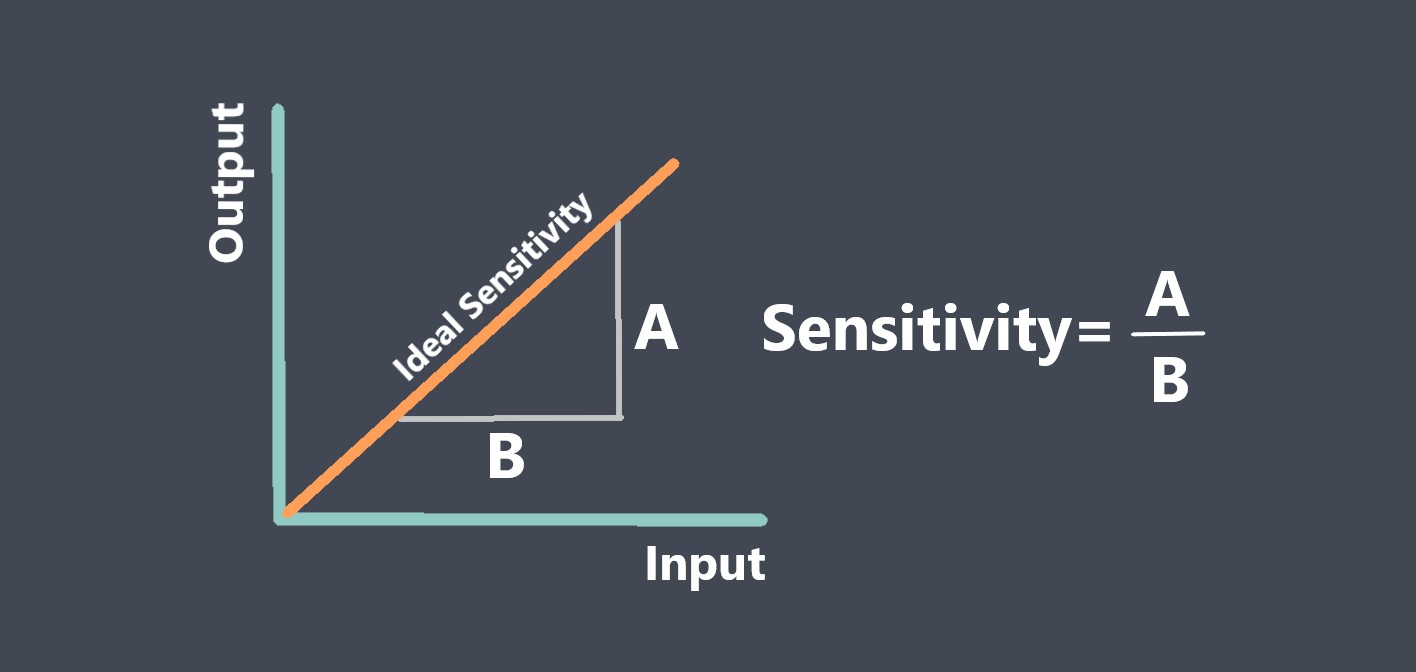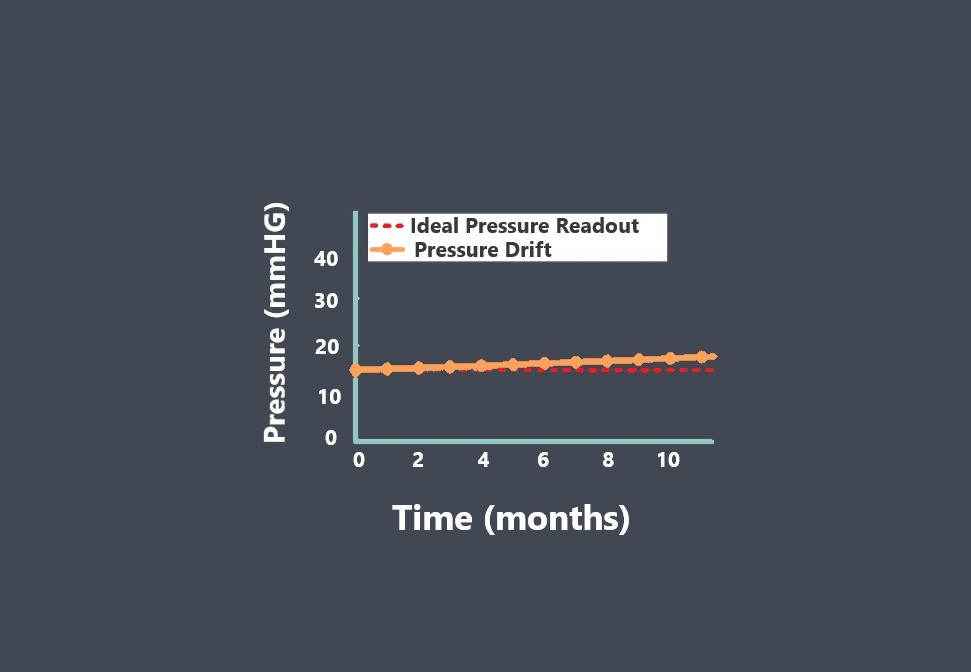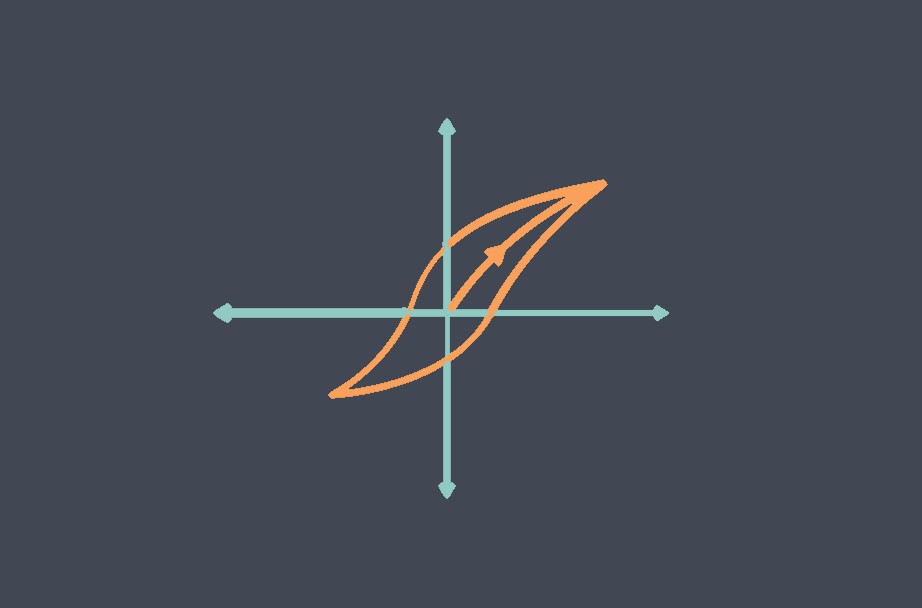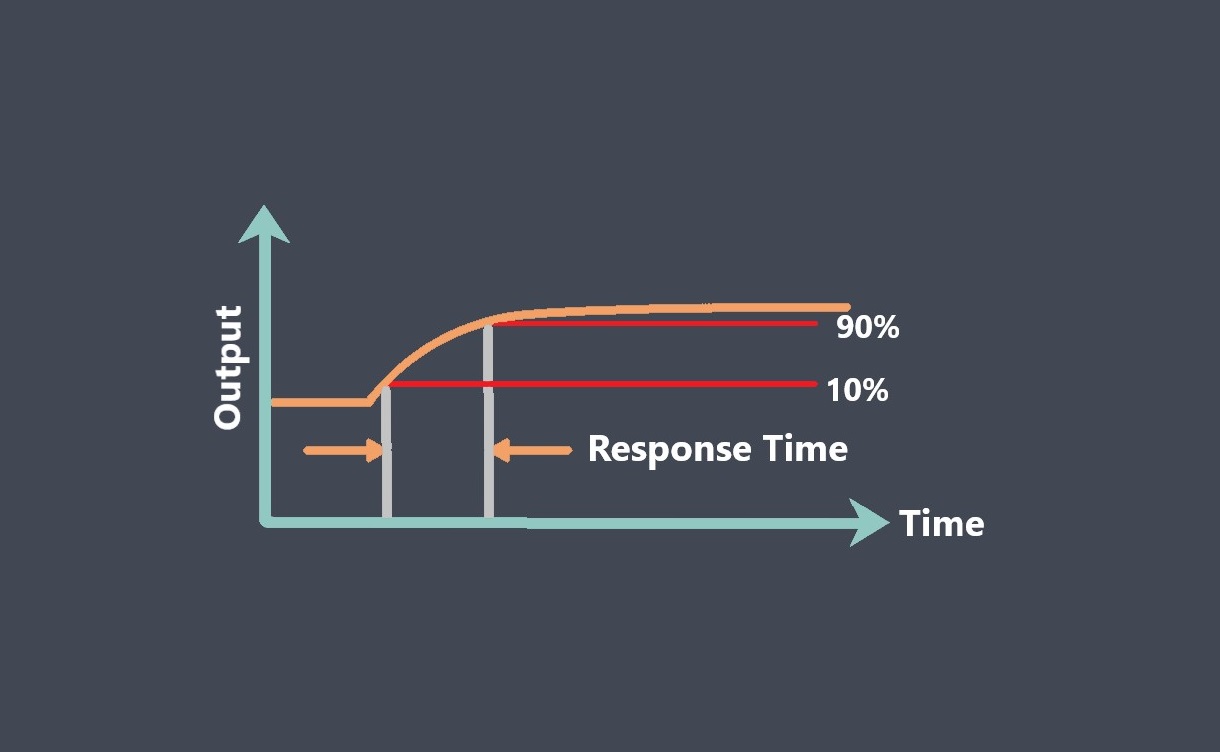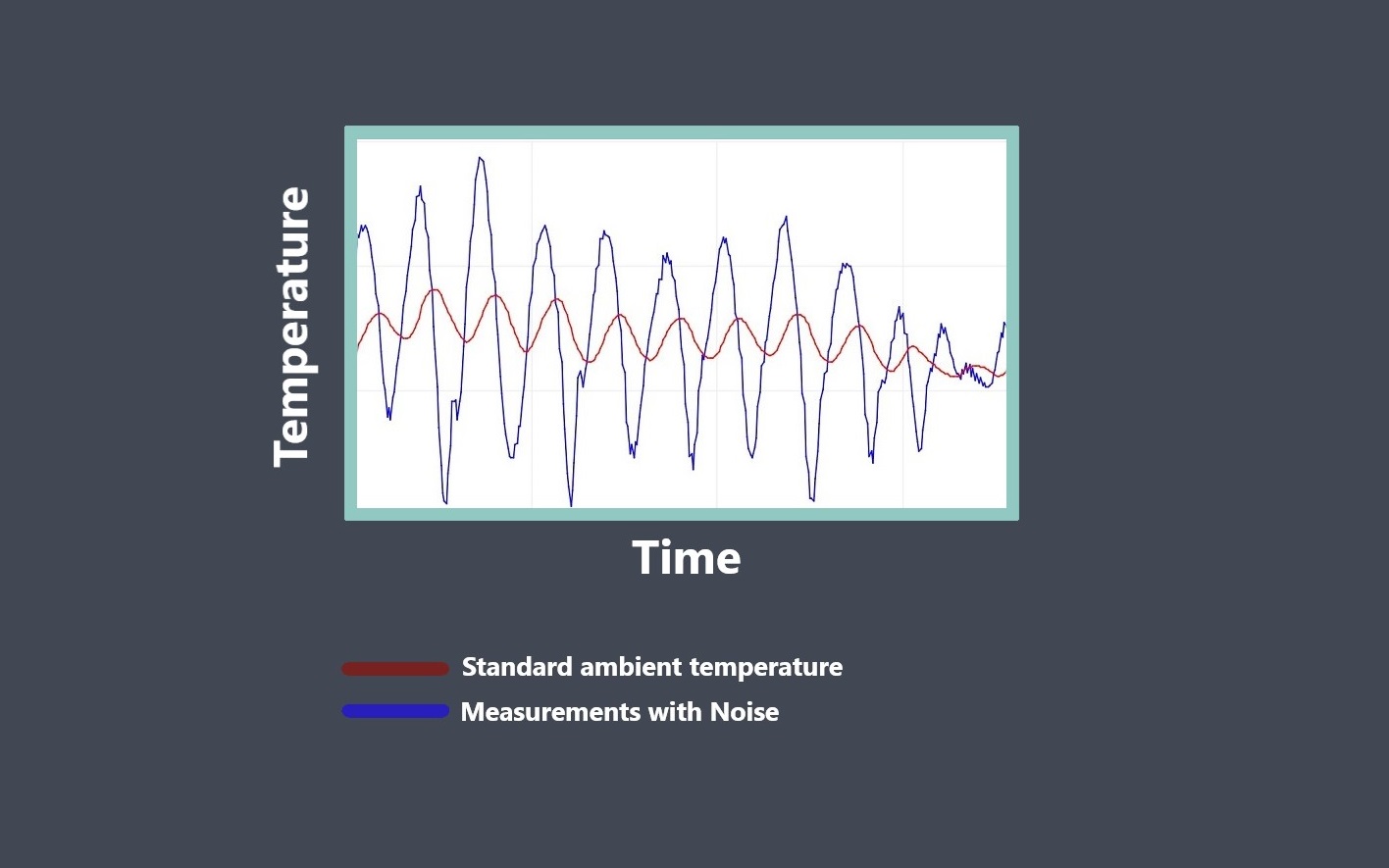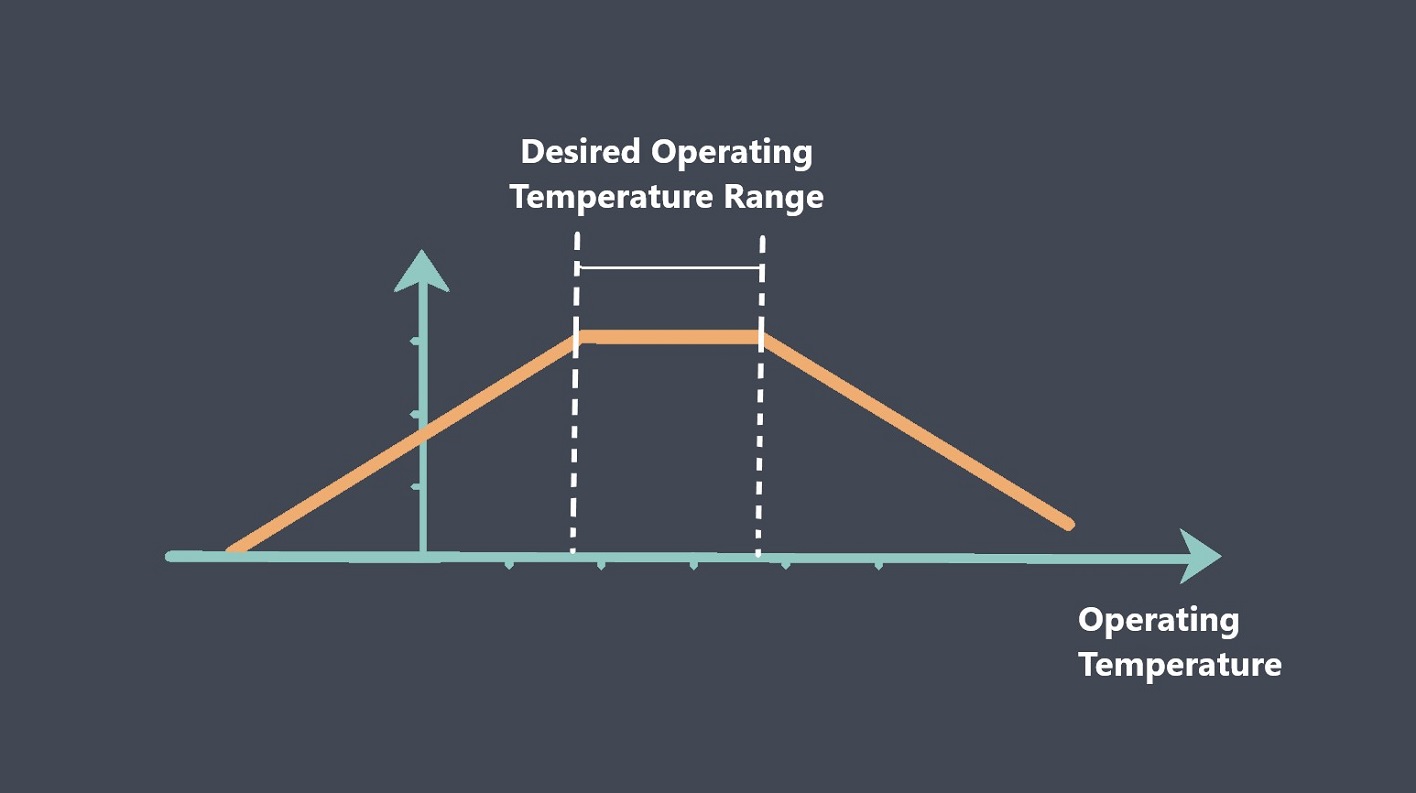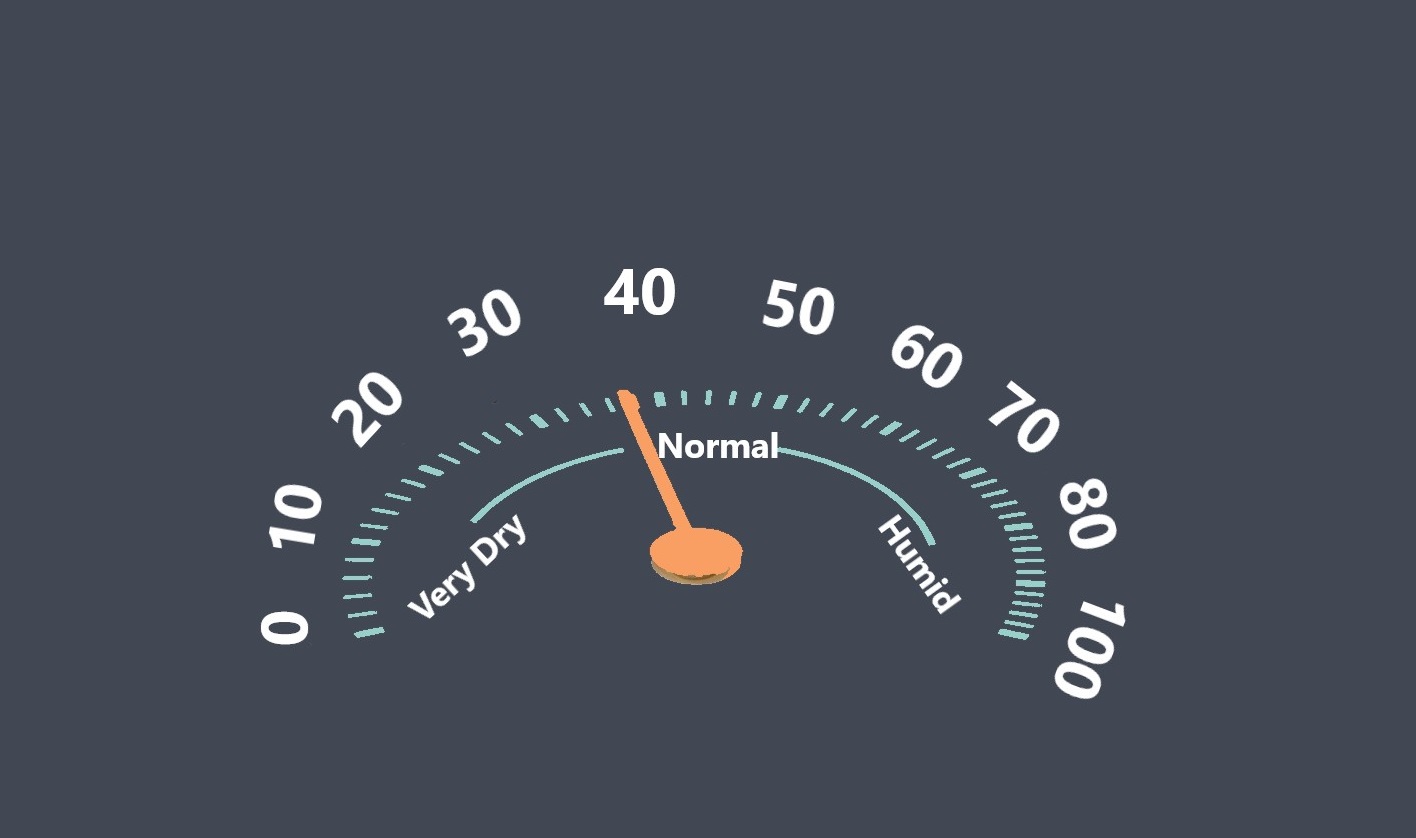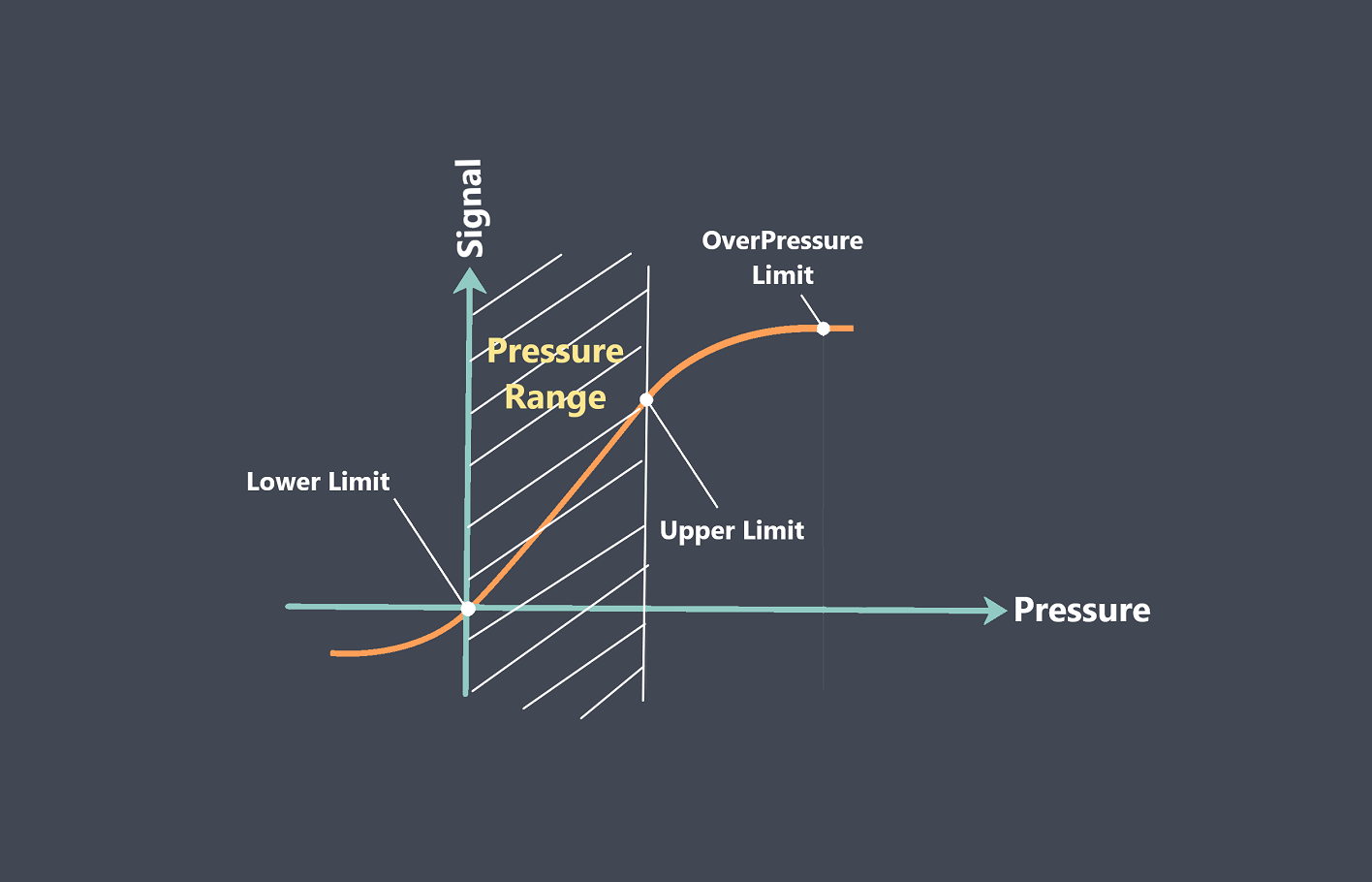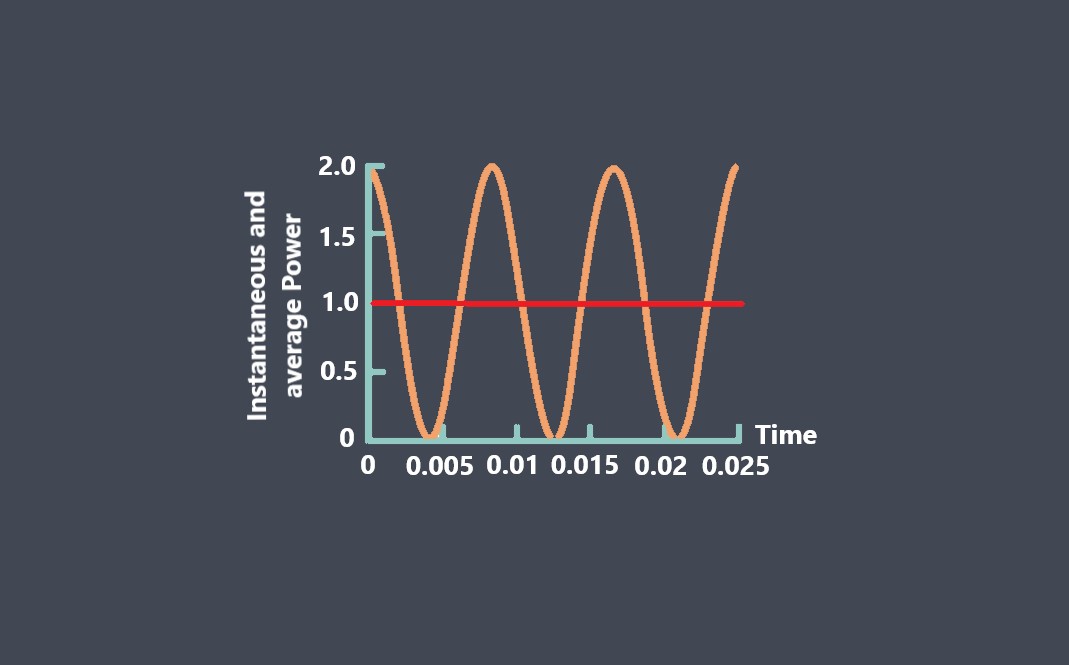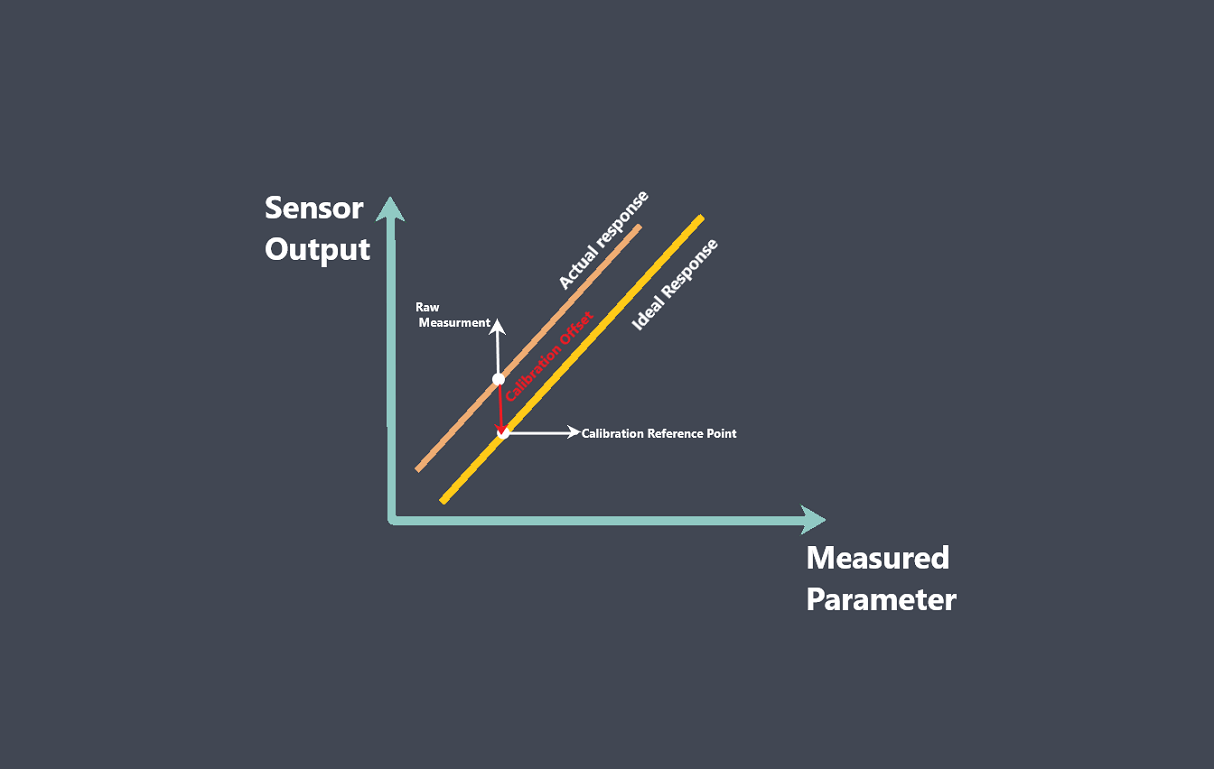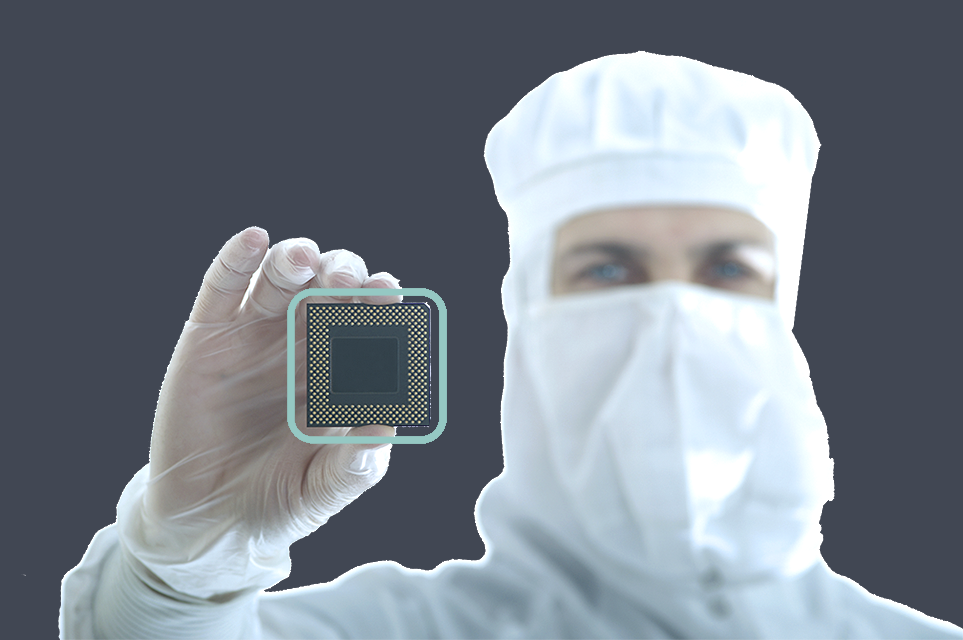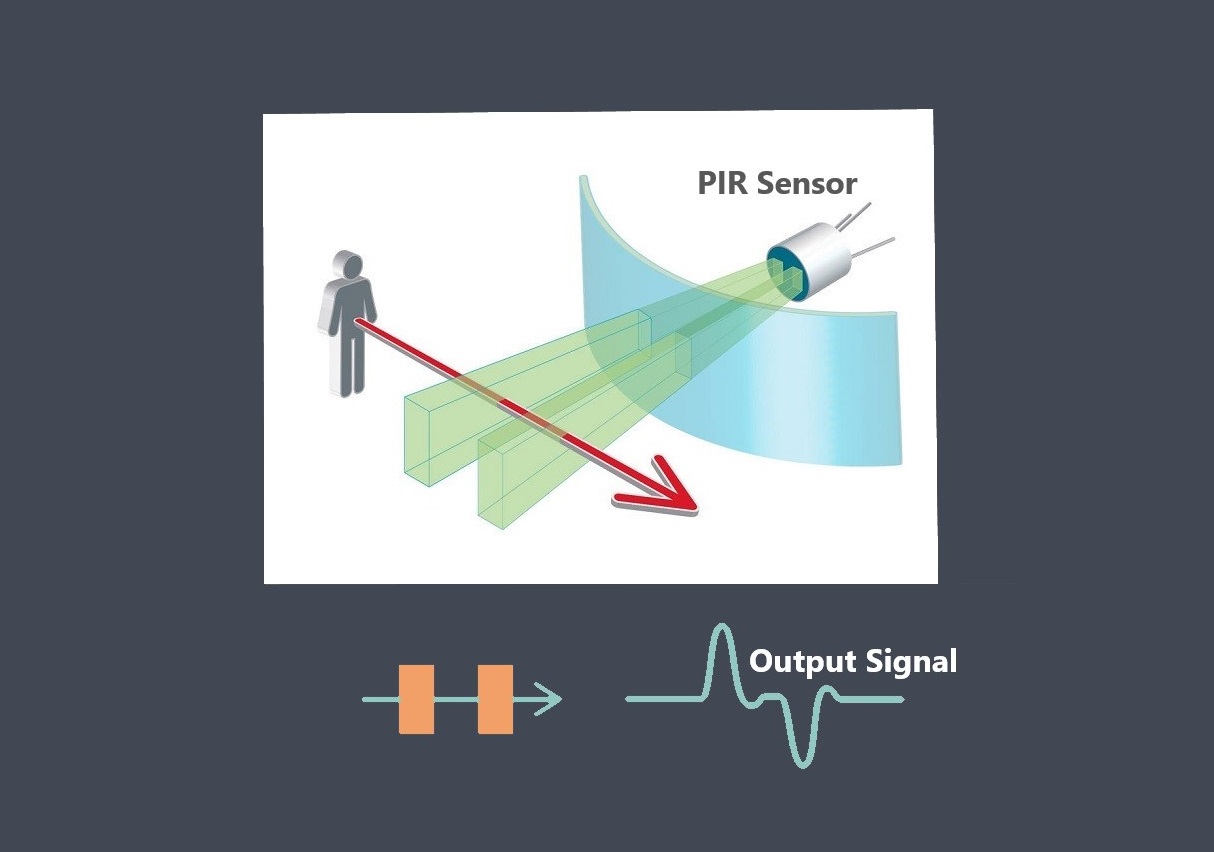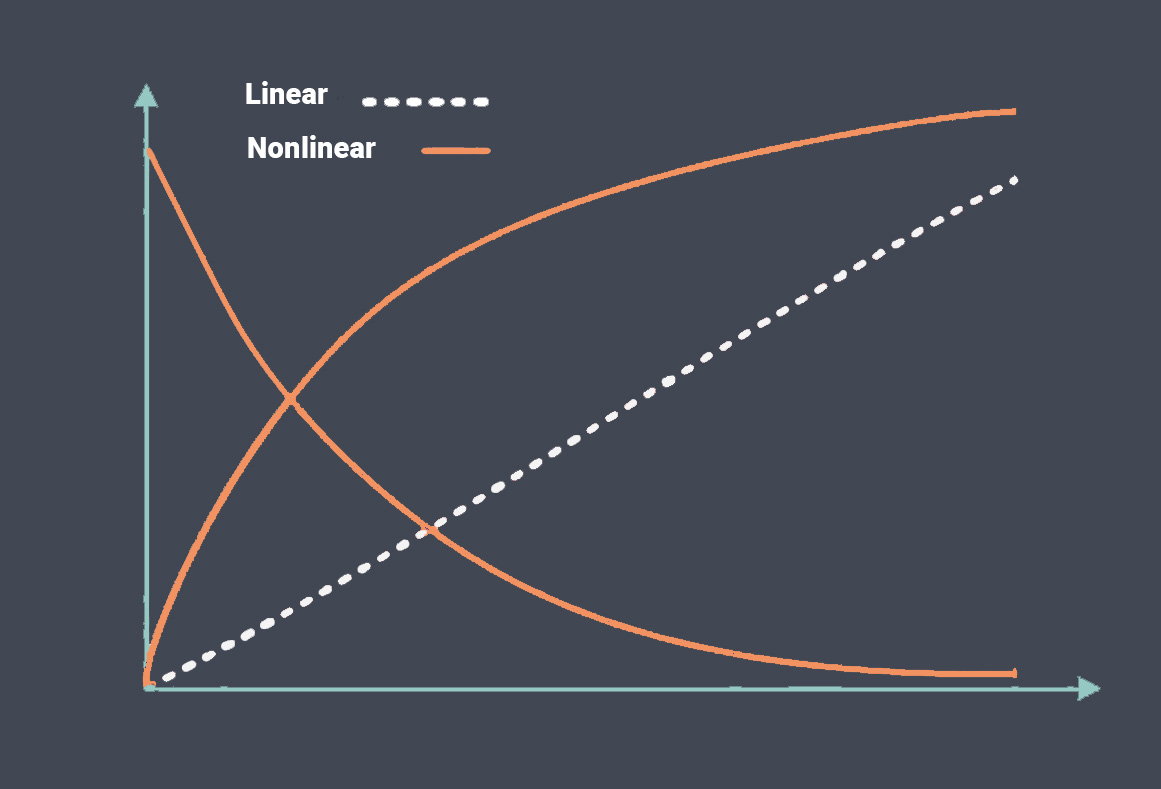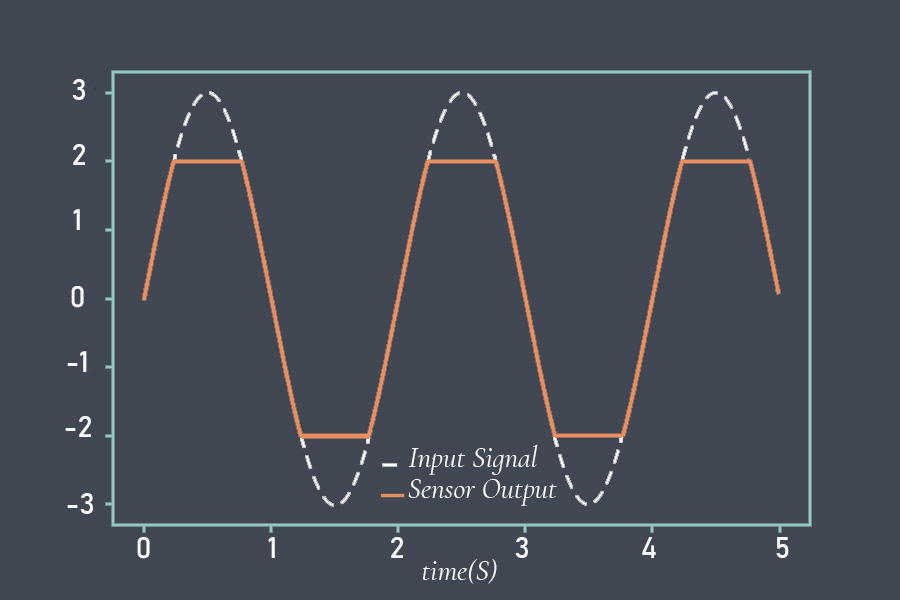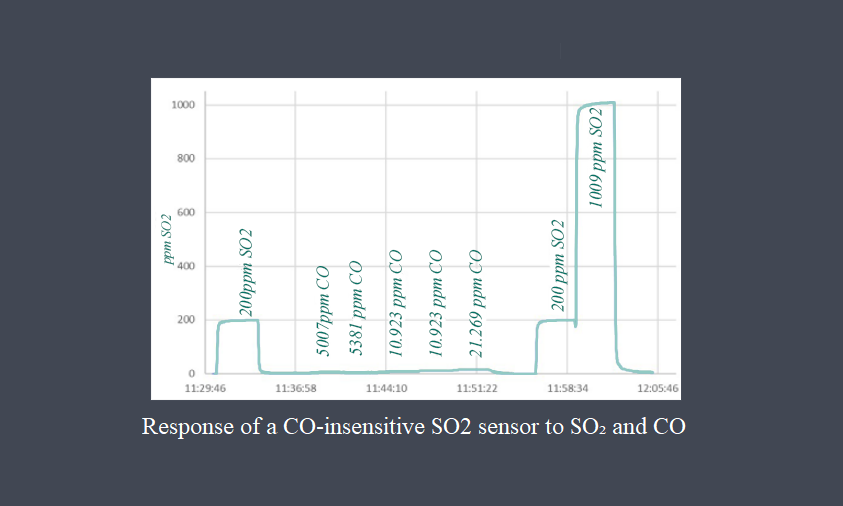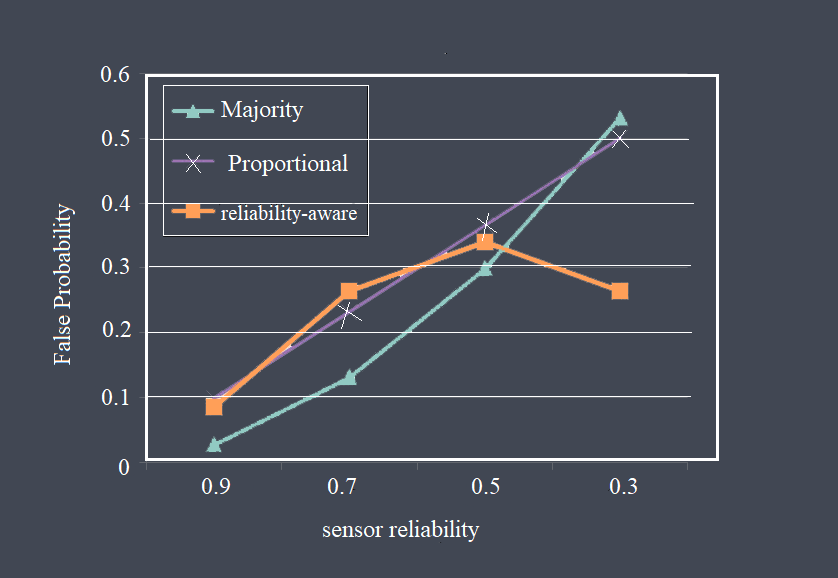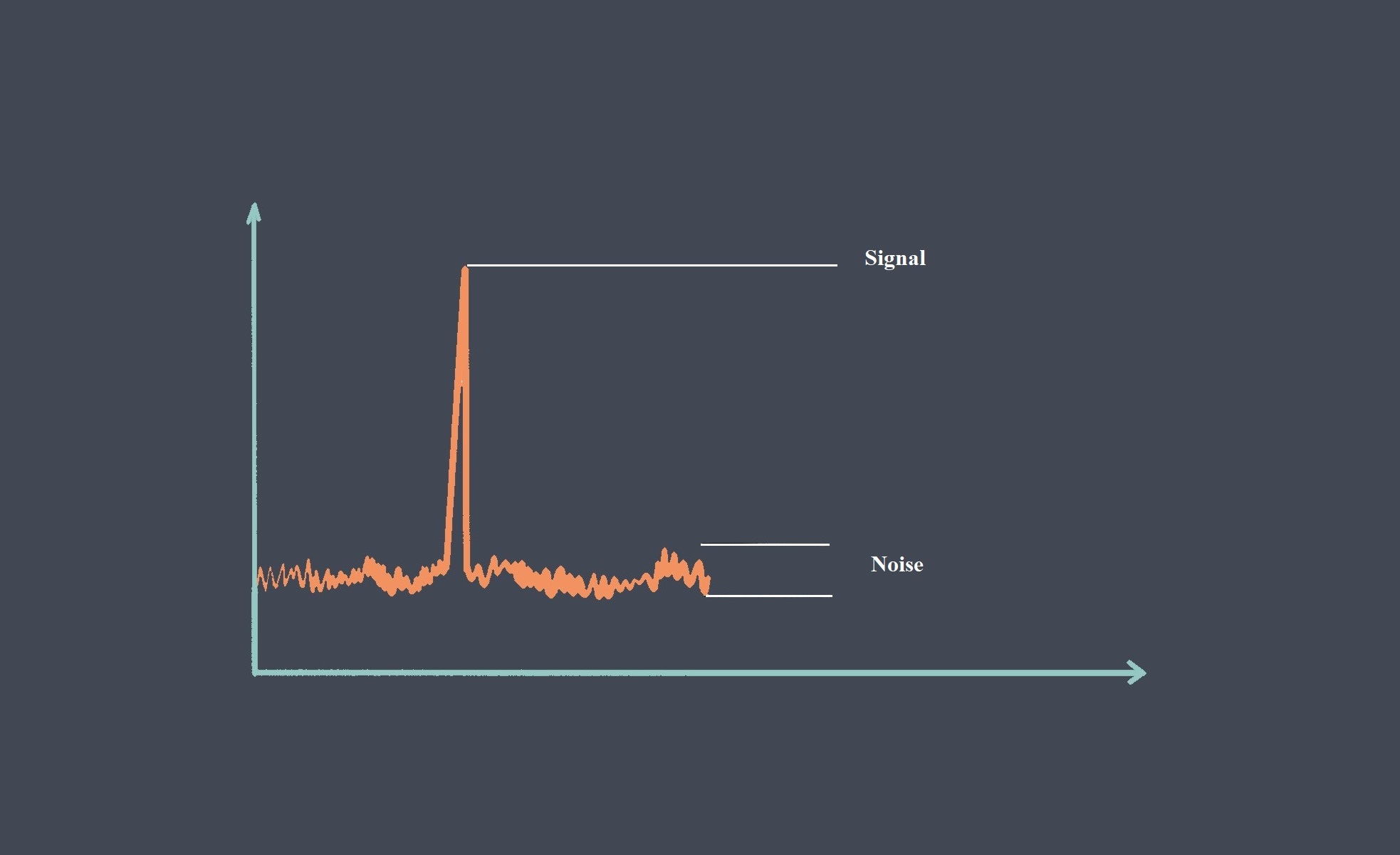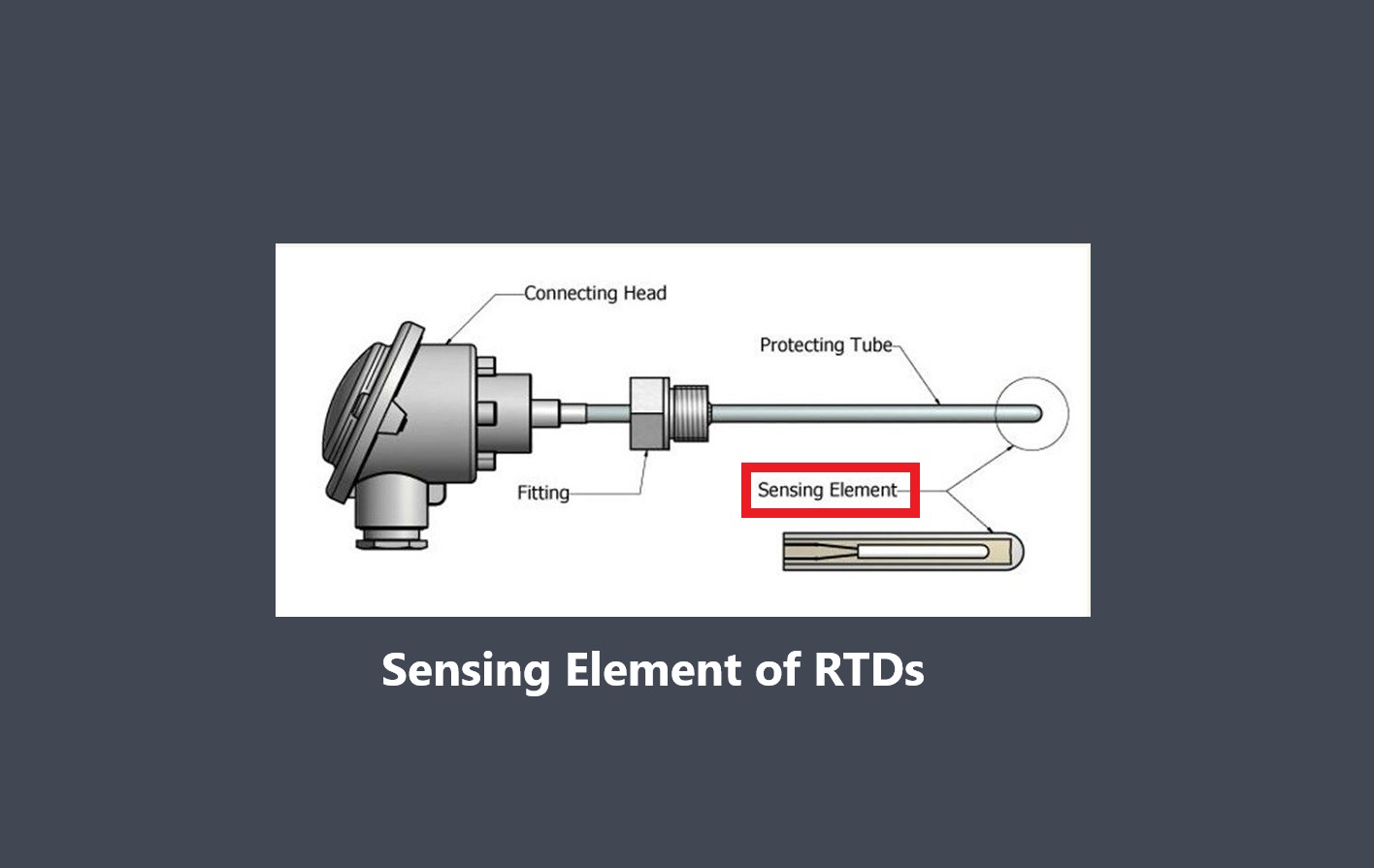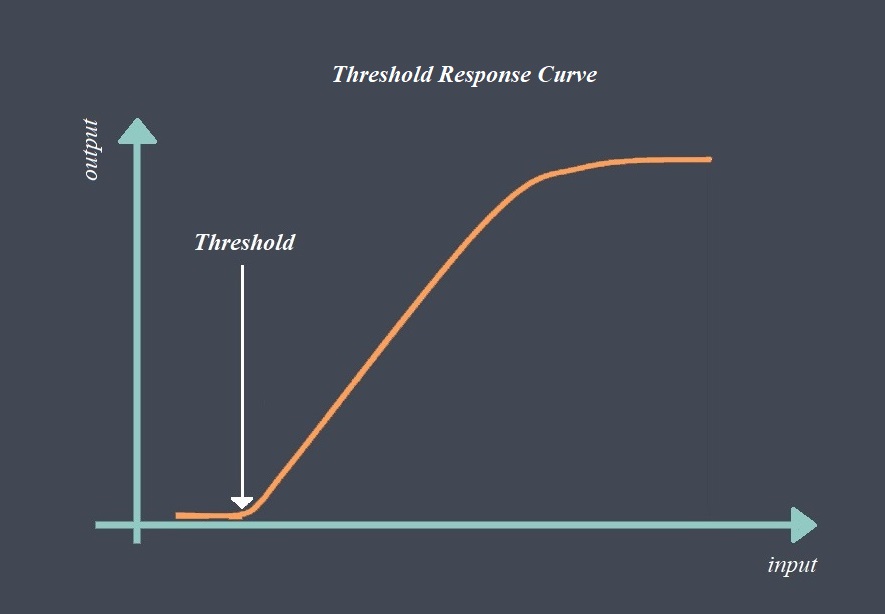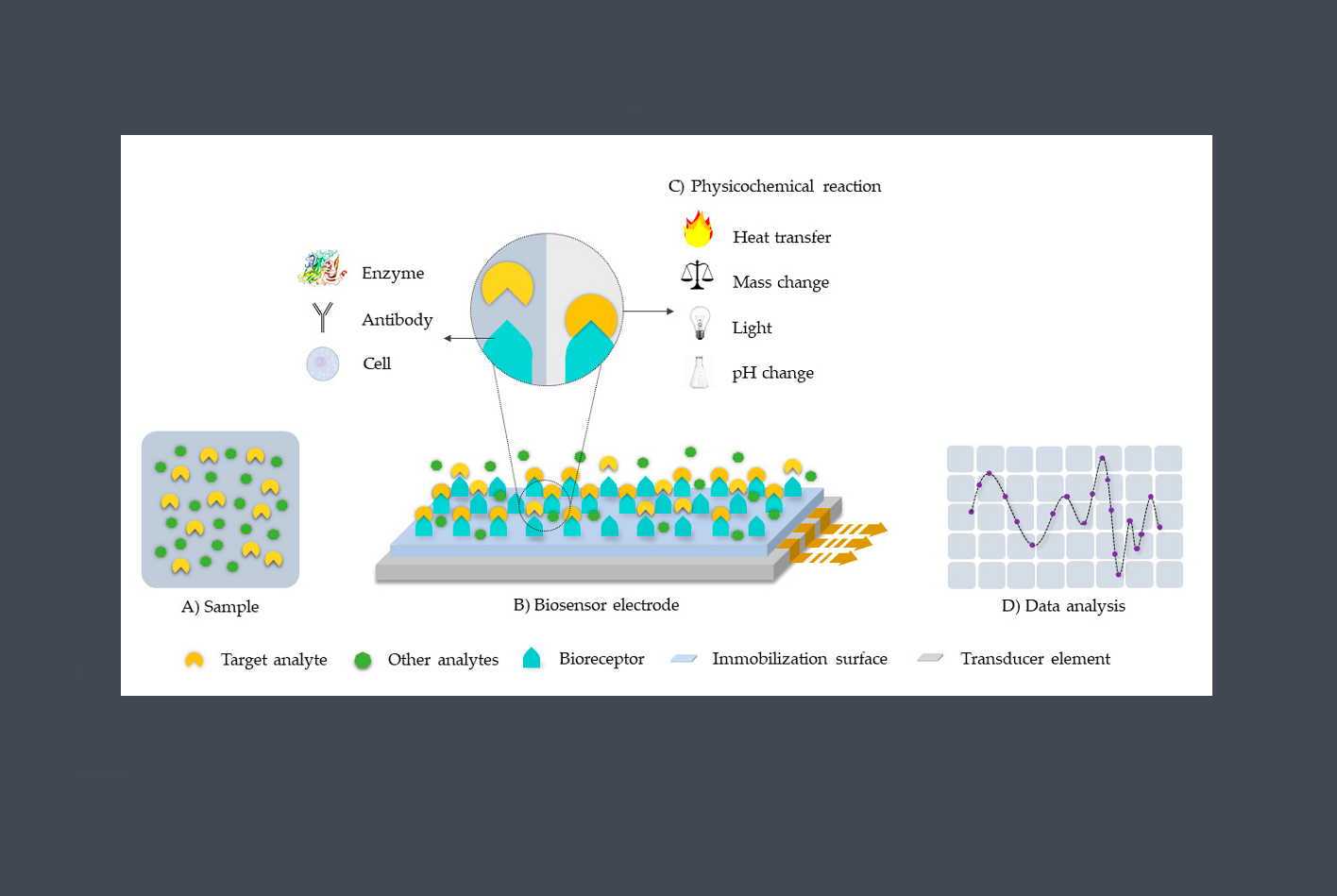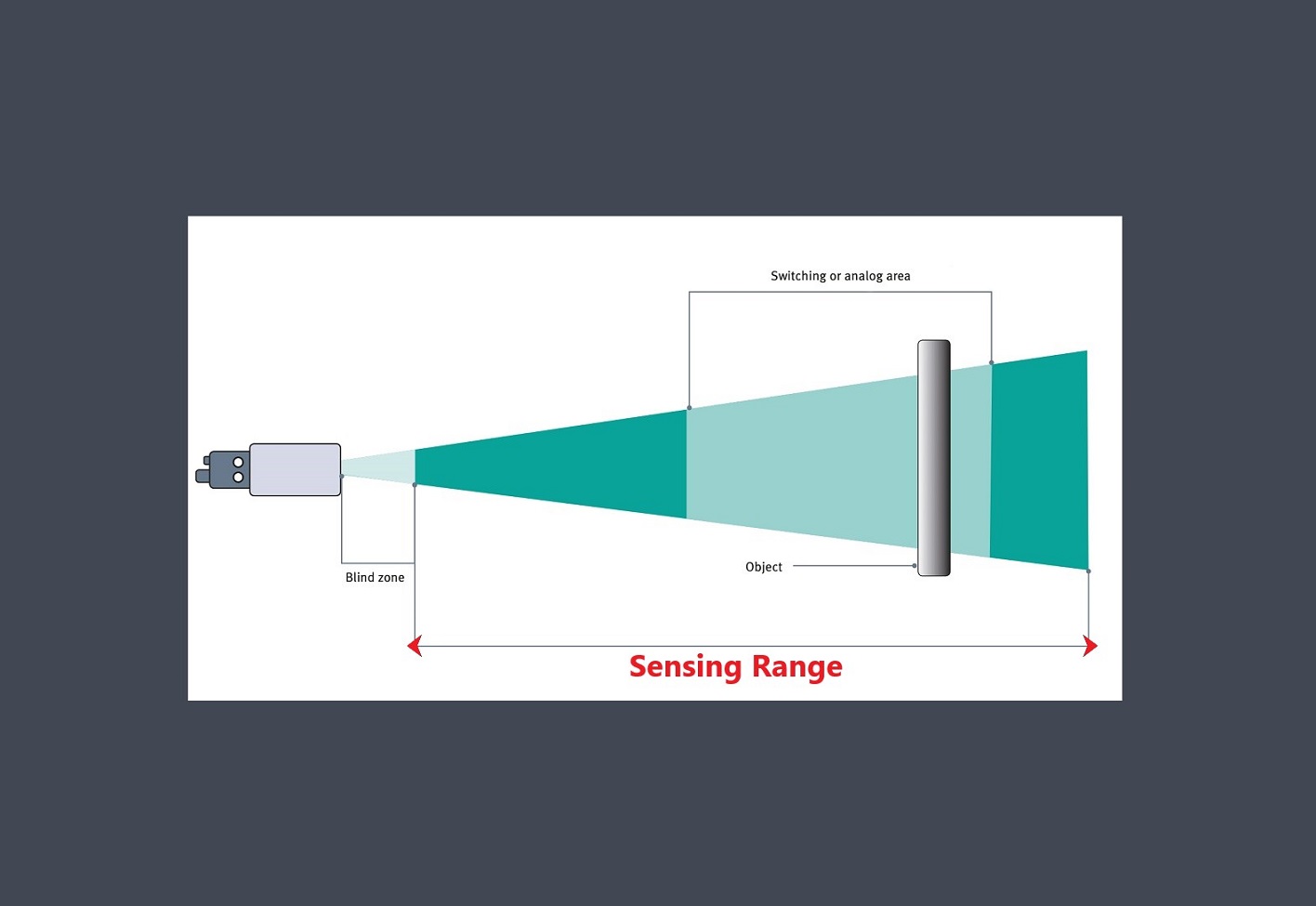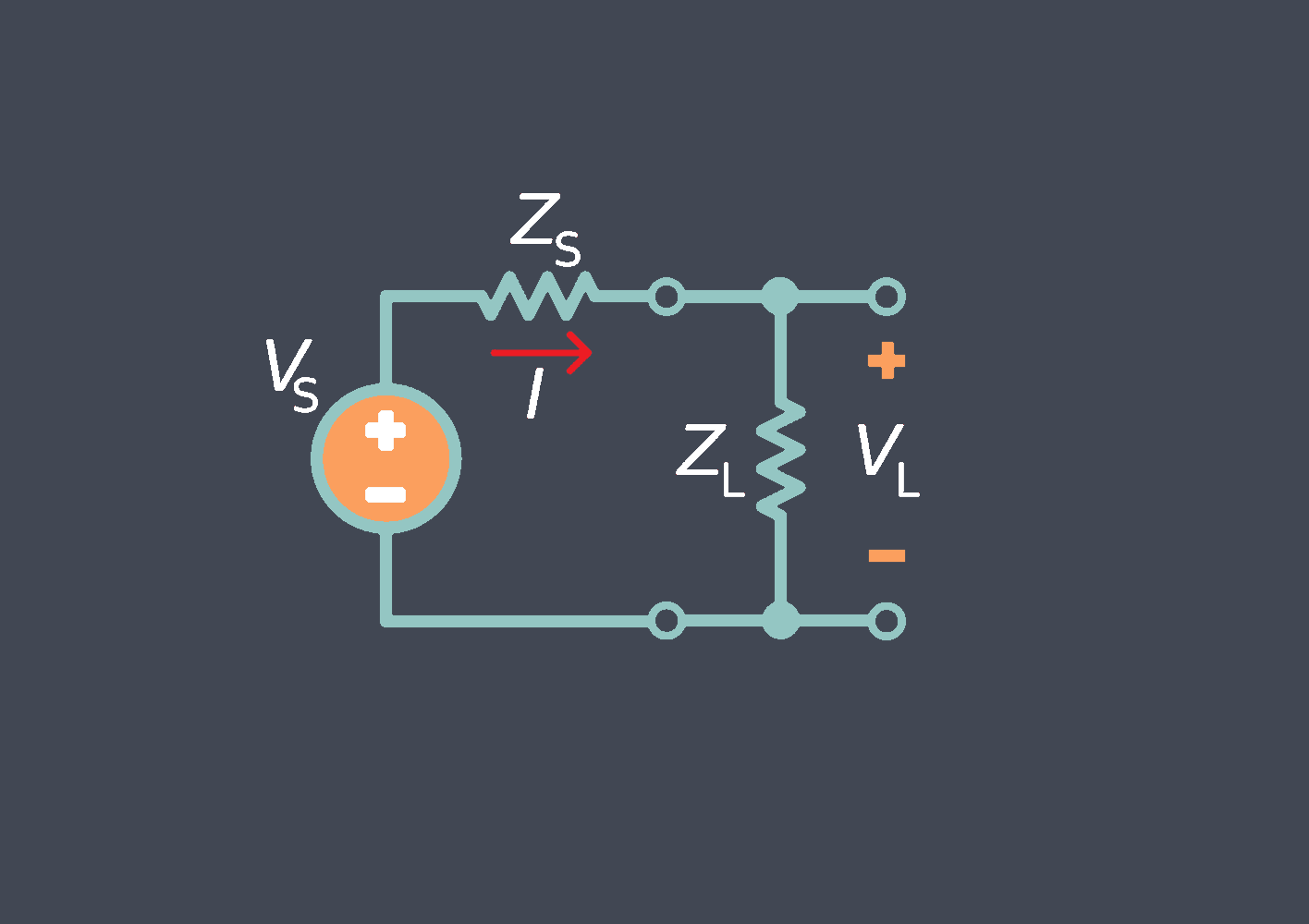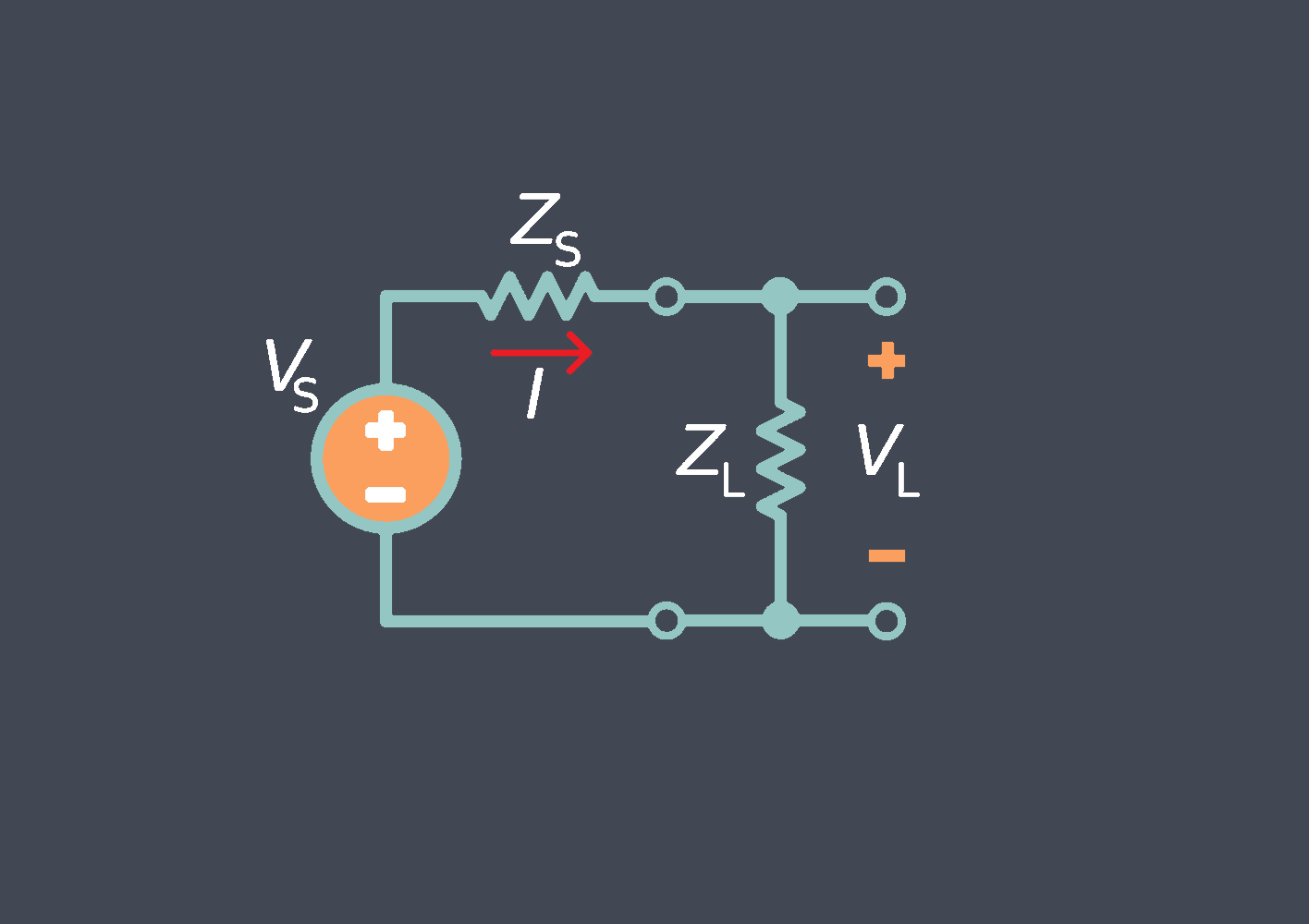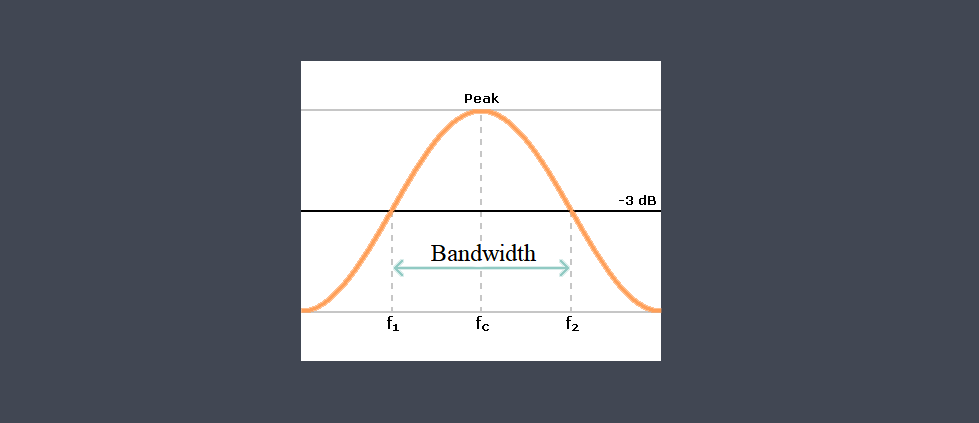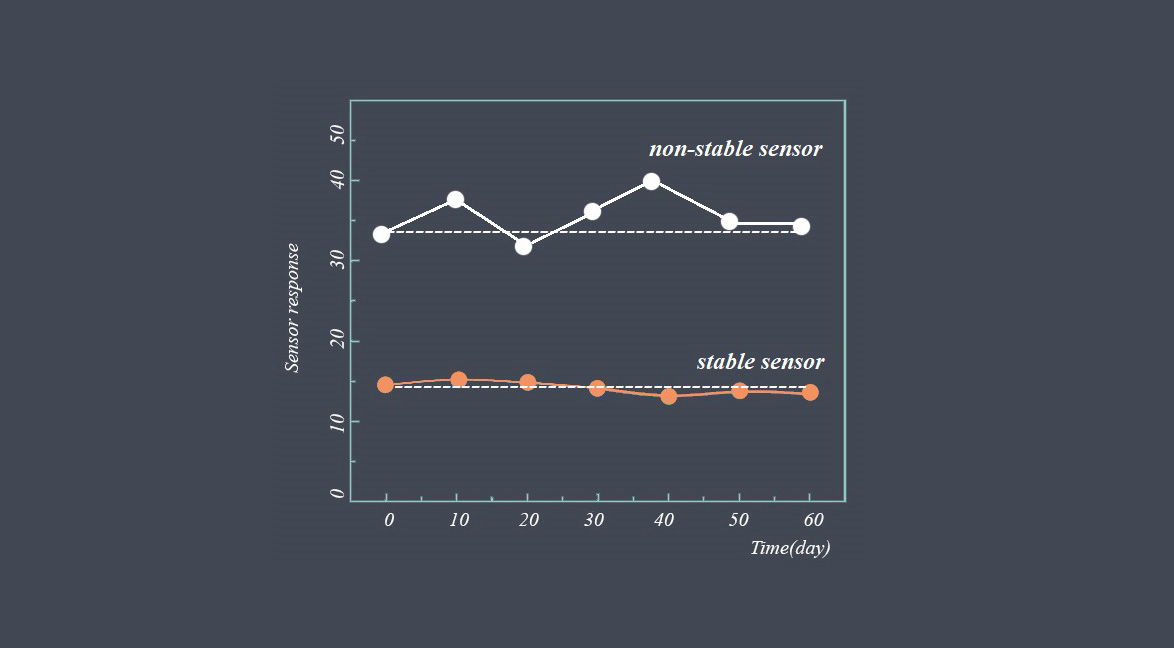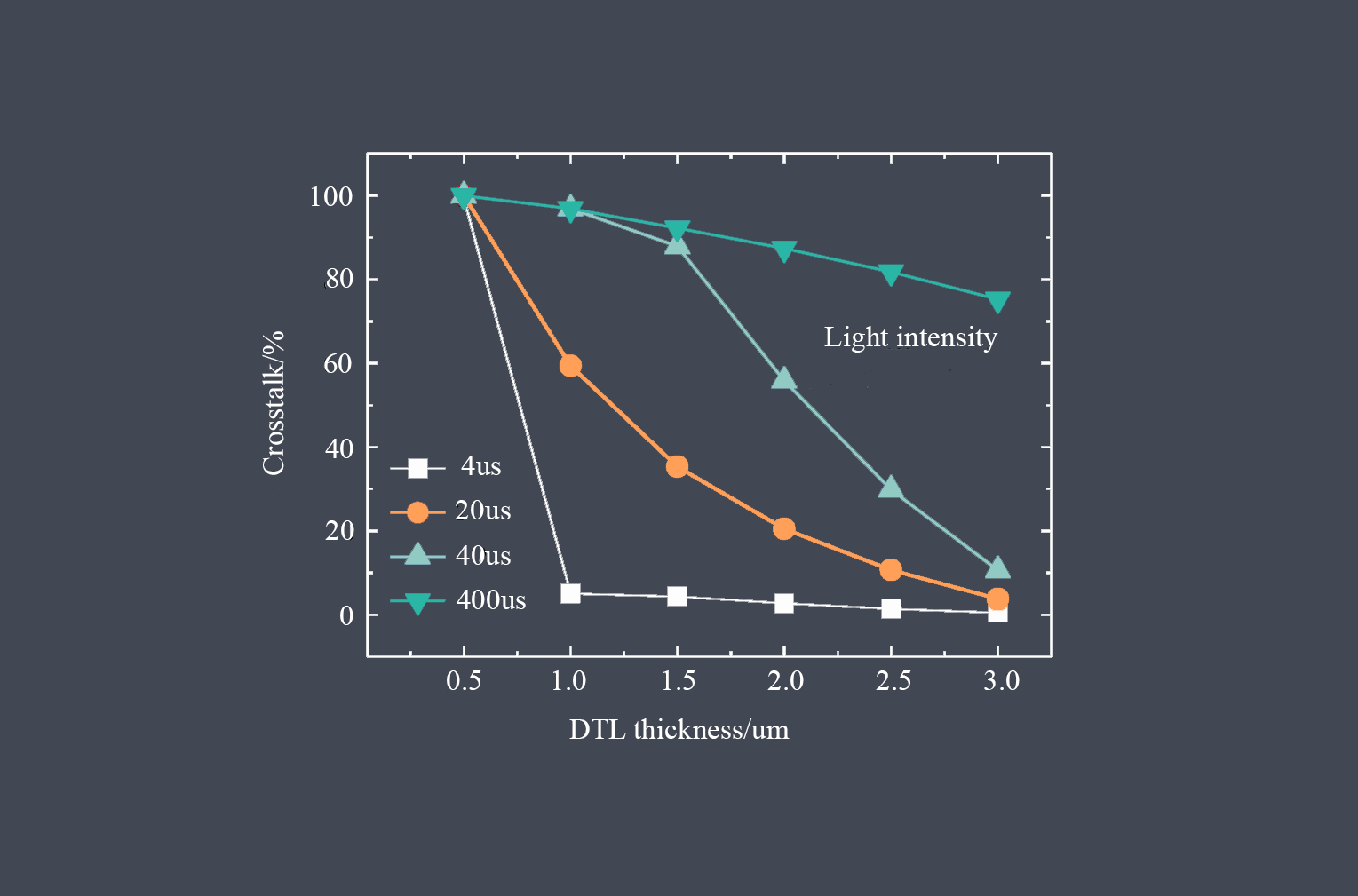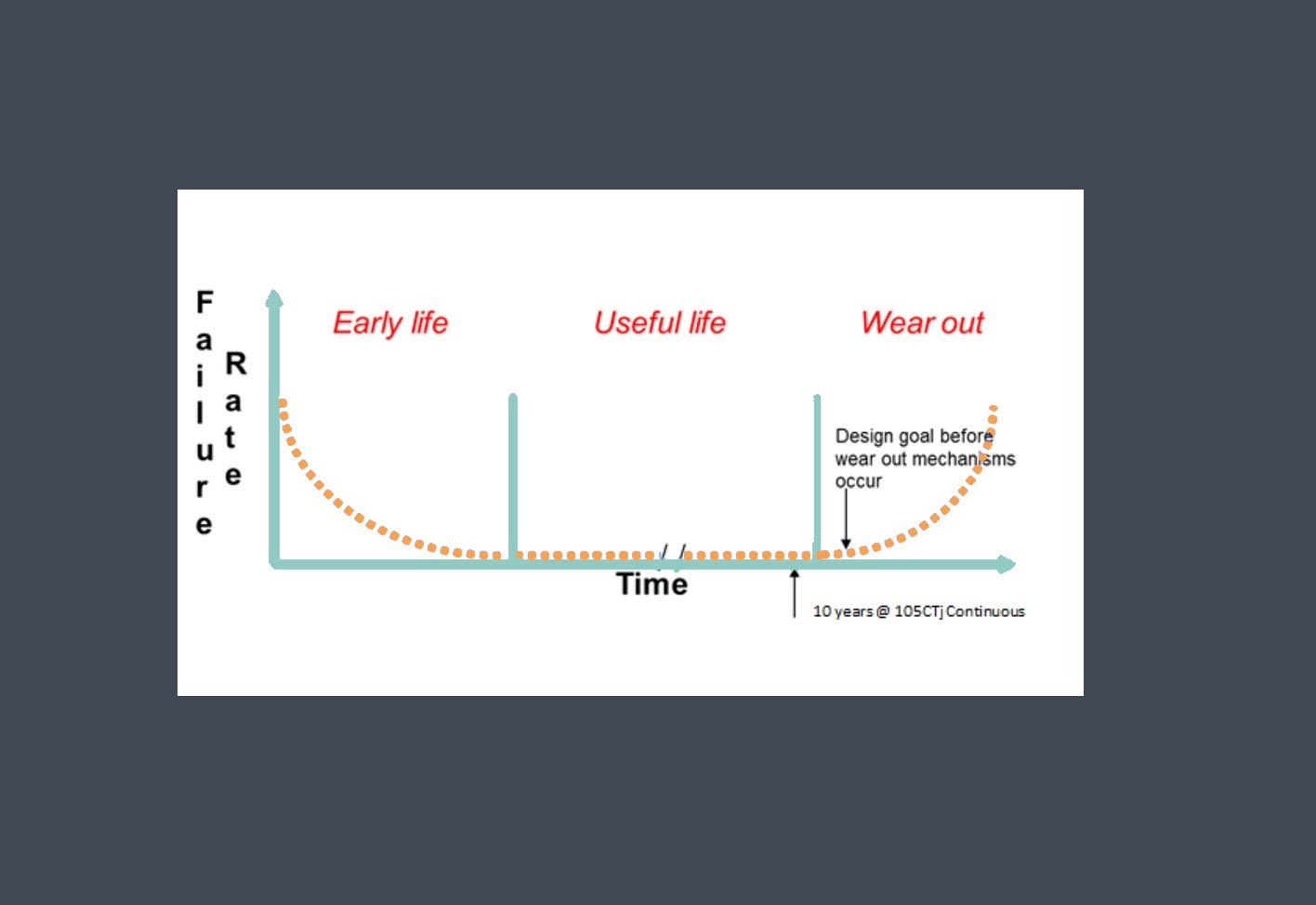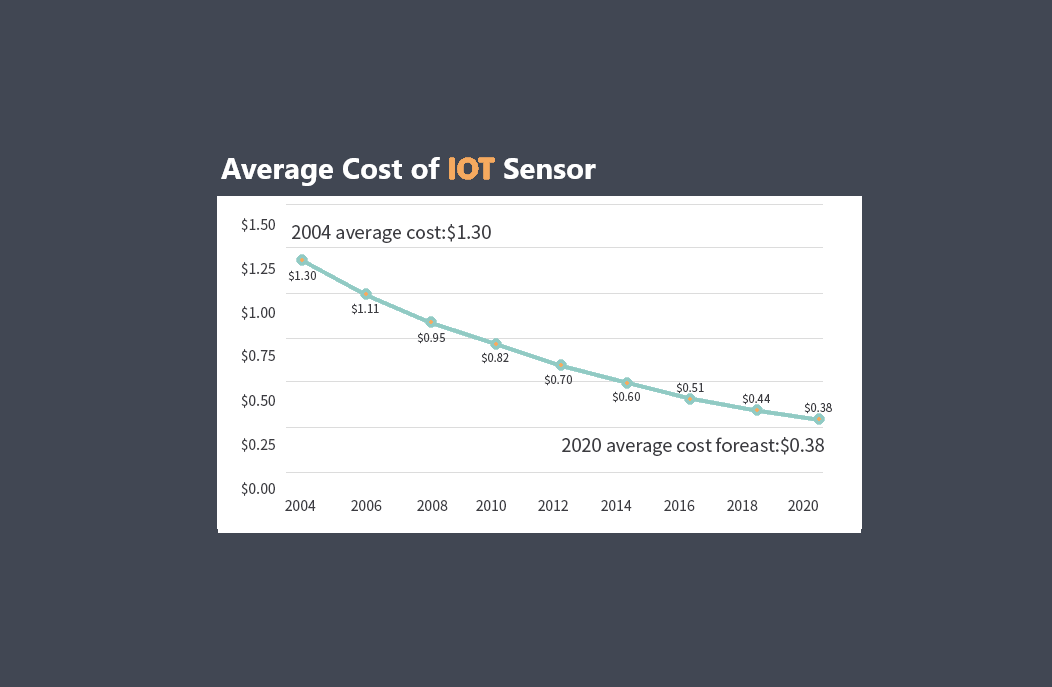
Sensors are physical devices that detect and respond to changes in the environment. They play a crucial role in various fields, including electronics, robotics, aerospace, and more. The physical characteristics of sensors can vary depending on their specific type and application.
sensor size, shape and weight are some common physical characteristics of sensors.
Sensor physical size and shape
Sensors come in various sizes and shapes, ranging from tiny microsensors to large-scale sensors used in industrial applications. Their size and shape depend on factors such as the intended use, sensitivity requirements, and technological constraints.
Physical size refers to the dimensions of the sensor itself, including its length, width, and height. It is an important parameter to consider, especially when space constraints are a factor in the application. The physical size of a sensor can influence its ease of installation, compatibility with existing systems, and overall form factor.
Different applications may have specific size requirements, and selecting a sensor that fits within those constraints is crucial. It is also important to consider the mounting options and any necessary mechanical accommodations when choosing a sensor based on its physical size.
Here are some common categories of sensor sizes:
Microsensors
These are the smallest type of sensors available, with dimensions typically ranging from micrometers (µm) to a few millimeters (mm).
Microsensors are commonly used in miniaturized devices, such as smartphones, wearables, and medical implants. They are designed to be compact and often utilize microelectromechanical systems (MEMS) technology for their fabrication.

Miniature Sensors
Miniature sensors are slightly larger than microsensors, typically ranging from a few millimeters to a couple of centimeters in size.
They are widely used in consumer electronics, automotive applications, robotics, and aerospace industries. Miniature sensors offer a good balance between size and functionality, making them suitable for various applications where space is limited.

Standard or Compact Sensors
These are sensors that fall within the moderate size range, with dimensions typically ranging from a few centimeters to several inches.
They find applications in industrial automation, environmental monitoring, building management systems, and other commercial applications. Standard sensors often provide higher accuracy and wider measurement ranges compared to smaller sensors.

Large-Scale Sensors
Large-scale sensors are considerably larger in size, typically measuring several inches to feet in dimension. They are commonly used in industrial settings, such as manufacturing plants, power generation facilities, and infrastructure monitoring. These sensors are designed to handle high-power operations, withstand harsh environments, and provide accurate measurements over large areas.
Macro Sensors
Macro sensors are even larger sensors used in specific applications that require extensive coverage or specialized detection capabilities.
For example, seismic sensors used in geophysical studies can be several meters in size, while satellite-based remote sensing instruments can be as large as several meters or even tens of meters.

Sensor weight
Sensor weight refers to the physical mass or heaviness of a sensor. The weight of a sensor can vary significantly depending on its type, size, and intended application.
Sensors are devices that detect and respond to changes in their environment. They are used in various industries and applications, such as automotive, aerospace, robotics, healthcare, and consumer electronics. For example the weight of a sensor is an important consideration in many applications, as it can impact factors such as portability, mounting options, power consumption, and overall system design and also the weight of a sensor can be an important consideration, particularly in applications where weight limitations exist, such as in aerospace or portable devices. Lighter sensors are often preferred to minimize the impact on overall system weight and to ensure optimal performance.
The weight of a sensor can range from just a few grams for small, lightweight sensors used in portable devices or wearables, to several kilograms for larger sensors used in industrial applications. For example, a tiny temperature sensor in a smartphone may weigh only a fraction of a gram, while a pressure sensor used in an oil rig might weigh several kilograms.
Here are some common categories of sensor weights:
Ultralight Sensors
These sensors are designed to be extremely lightweight for applications where weight is a critical factor. They are often used in miniaturized devices such as wearable technology, drones, and mobile devices. Examples include accelerometers, gyroscopes, and ambient light sensors.
Light to Moderate Weight Sensors
This category includes a wide range of sensors used in various industries and applications. These sensors have a moderate weight but offer higher functionality and accuracy compared to ultralight sensors. Examples include temperature sensors, pressure sensors, proximity sensors, and humidity sensors.
Heavyweight Sensors
Some sensors are relatively larger and heavier due to their complex construction or high precision requirements. These sensors are commonly used in industrial and scientific applications where accuracy and durability are crucial. Examples include spectroscopy sensors, imaging sensors (such as CCD or CMOS cameras), and advanced environmental monitoring sensors.
It’s worth noting that advancements in sensor technology continue to drive miniaturization and lightweight designs, allowing for more compact and portable solutions across various industries.


